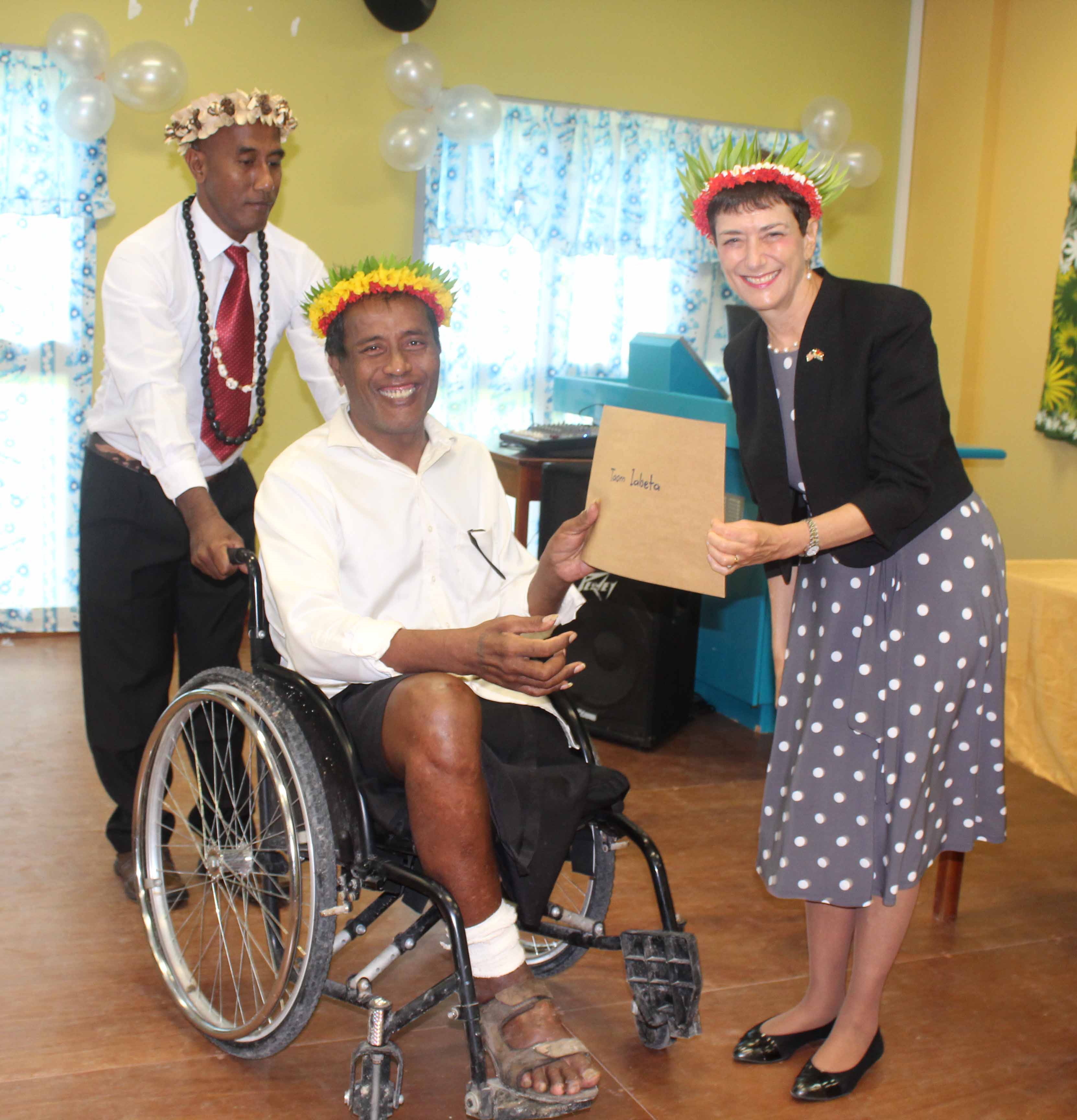
Floods, tsunamis, hurricanes, wildfires, and earthquakes cause panic, devastation, and unrest. For persons with disabilities (PWDs), natural disasters only reinforce their already disadvantaged position in society. They are often the last to evacuate, if they are able, and are at a higher risk of injury and even death. In the Pacific, which is highly vulnerable to natural disasters, these risks are even greater.
The 2018 UN Disability and Development Report found that 72 percent of persons with disabilities were not aware of preparation for natural disaster planning in their communities. Nearly 80 percent would not be able to evacuate quickly in the event of a disaster due to their physical limitations, the built environment around them, and lack of inclusive early warning systems, among other challenges.
One in six individuals globally have a disability, which is the only group anyone can join at any time — a sad truth that reinforces why their inclusion in policy, project design and other disaster risk reduction (DRR) efforts is so critical. What can we do, as implementers, to address this inclusion?
National and international efforts to address challenges
Many national and international efforts have surfaced in the past 15+ years to address these challenges and encourage governments, international implementers, and communities to keep disability considerations in the forefront of all policy and planning. A few of these policies and programs include:
What can we do as implementers?
Implementing inclusive DDR work in the Pacific
DT Global has over 50 years of experience working in the Pacific region, often including PWDs in our broader assistance. For instance, through USAID Climate Ready, we provided technical assistance to communities to access funds for accessible early warning systems that enable persons with disabilities to be aware of upcoming or occurring natural disasters. As the early warning systems themselves only solve part of the problem, these proposals for funding also address challenges in the built environment so that it is safe for evacuation, and work with both disabled persons and relevant stakeholders and government entities to build capacity and enhance collaboration in data collection, policies, and planning.
Another recent example is DFAT’s Economic and Social Infrastructure Program (ESIP) in Papua New Guinea, implemented by DT Global. This program advocates for inclusive practices in infrastructure development to ensure that persons with disabilities and other marginalized groups’ needs are considered during the planning stage, and that the infrastructure is safe, targeted, and sustainable.
Beyond these examples, DT Global has provided technical assistance to governments and local organizations to enhance disability mainstreaming and developed inclusive DRR strategies and awareness raising tools and materials. We’ve also supported targeted data collection and analysis to enhance understanding of the needs of PWDs, and supported skills training for PWDs.
Implementers, government actors and communities need specific guidelines and training to support persons with disabilities; accurate data and information on persons with disabilities in their communities and their needs; and raise awareness on the necessity of disability considerations as a cross cutting issue but particularly with disaster risk reduction initiatives. These actions won’t just support PWDs but build lasting positive change to communities as a whole.
When we use community-wide approaches and incorporate persons with disabilities in disaster planning and policy work, we create strong communities and ensure equal access to preparations, notifications (early warning systems), information, and ultimately, resilience.